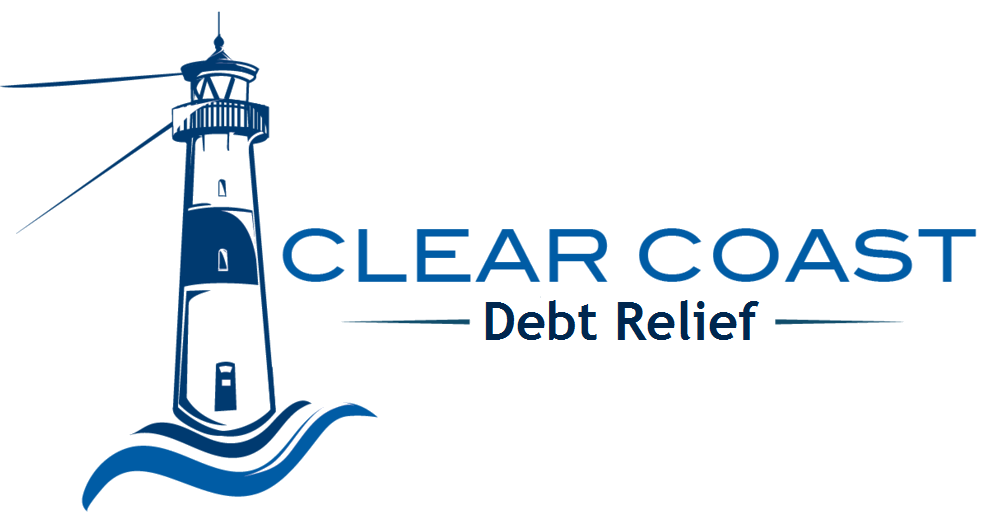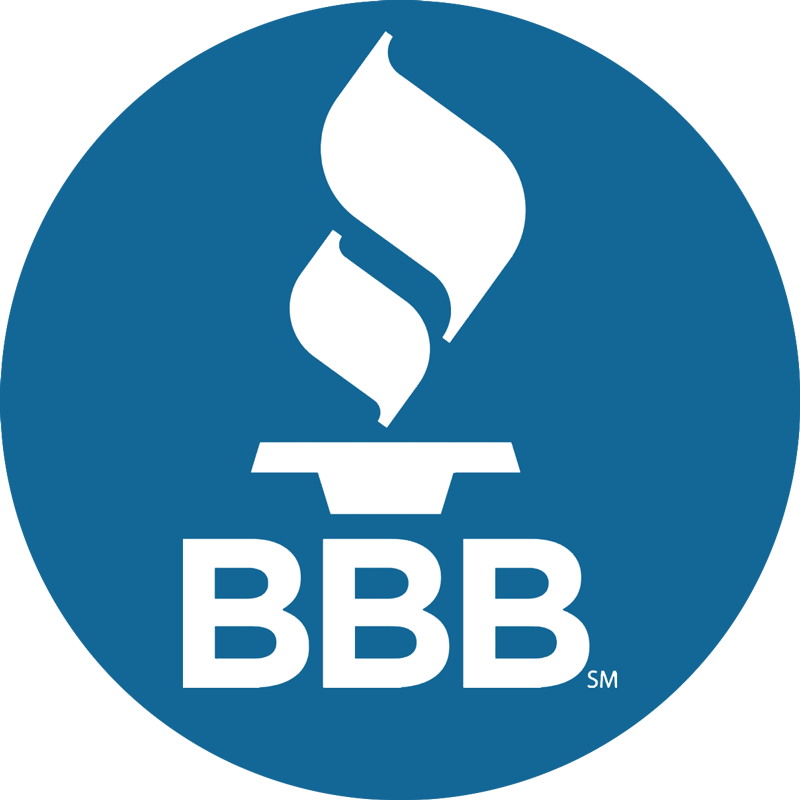Fraud and identity theft are a big problem for consumers. More than one million U.S. consumers are victims of fraud each year and more than 250,000 are victims of identity theft, according to data compiled by the U.S. Census Bureau.
Credit-related fraud usually occurs when someone uses your existing credit card accounts to make purchases. These criminals may be using a physical credit card that has been lost or stolen, or simply the credit card number and other information on the account.
Credit card companies have entire units devoted to identifying spending and usage patterns that can indicate potential fraud. In some cases, your card issuer may contact you about unusual charges or freeze your account before things get out of hand. Thankfully, the major credit card networks all have 0% liability policies, so cardholders do not pay for fraudulent charges if the problem is caught soon enough.
Identity theft is more difficult to identify unless you monitor your credit report regularly and notify authorities about any suspicious accounts on the report. If you find that you are a victim of identity theft, here are some steps to immediately take.
What Should I Do Right Now If I’m a Victim of Identity Theft?
True identity theft occurs when a fraudster pretends to be you and uses your personal information to open lines of credit in your name. However, if you have already had your identity and your credit preyed upon by a scam artist then the time for preventative action has passed.
Now it is time to play defense and do some damage control. Thankfully, there are extensive protections afforded to victims of identity theft under the Fair Credit Reporting Act (FCRA). The following are 4 very important steps to follow for anyone who has been a victim of identity theft:
1. Prevent Further Damage
The most effective way to prevent any additional fraudulent accounts from being opened in your name is to place a credit freeze on all 3 credit reports. If you have been a victim of ID theft then placing a credit freeze is completely free; however, it is up to you to request the credit freeze with each of the 3 major credit bureaus individually.
A credit freeze takes your credit report out of circulation and prevents new creditors from receiving a copy of your report without your permission. In fact, when you place a credit freeze you actually have to “thaw” your credit reports, courtesy of a PIN number you are issued by each credit bureau, before you apply for new credit. A credit freeze will make it impossible for a fraudster to open any additional accounts in your name.
2. Make Things Official
Filing an identity theft report should be near the very top of your priority list if you have become a victim of identity theft. Any fraud report or police report which is officially filed with a law enforcement agency is considered an identity theft report. The identity report you file will be extremely helpful in getting any fraudulent accounts or collections removed from your credit reports.
Additionally, allow me to offer a word of warning. If you are considering filing a false identity theft report in an effort to have legitimate collections removed from your credit, then you should be aware that lying on a police report is considered to be fraud and can have some very serious repercussions.
3. Notify the Credit Bureaus
As soon as you become aware of any accounts which were opened fraudulently in your name, there are people that you need to notify. If the fraudulent accounts show up on your credit reports, as they often do in the case of true name fraud, you will want to submit disputes to the 3 major credit bureaus.
You should submit (609 dispute letters) for any suspicious accounts, which will force the credit bureaus to attempt to verify them. If the accounts can’t be verified they’ll be removed from your credit reports, but take note that bill collectors may still be coming after you for payments. The accounts won’t be on your credit reports, but that doesn’t mean they’re removed from all records, everywhere. In the next step you’ll learn more about preventing bill collectors from coming after you.
Include a copy of your official identity theft report, which you previously filed with a law enforcement agency, along with your disputes. Per the FCRA, the credit bureaus have to block any fraudulent accounts from your credit reports within just four short business days.
You’re closing in on the end of the process, but the final step is one of the most important.
4. Contact the Authorities
Finally, you can involve law enforcement by filing a police report and filing a complaint with the Federal Trade Commission.
To report identity theft, start by visiting the Federal Trade Commission’s comprehensive web site on how to prevent and deal with fraud and identity theft.
You’ll be directed to take some of the same steps mentioned above, along with information on how to:
- Complete an online form or call to report the situation, which will generate your FTC Identity Theft Report
- Visit your local police department with a copy of your Identity Theft Report, along with other proof of the identity theft
- Prevent bill collectors from collecting on debts you don’t owe
- Replace any necessary government-issued IDs
- Clear your name of criminal charges
- Contact other companies that may need to know, such as utilities or loan servicers
- Deal with special forms of identity theft, like tax identity theft, medical identity theft, or child identity theft
Steps to Take After Identity Theft
- Monitor your credit report and keep an eye on your finances: Take the time to look over your credit report periodically for anything suspicious. Don’t just toss aside the bills and account statements you receive. If there is anything questionable about the charges or there is any unusual activity, contact your card company or bank and confirm whether the charge is appropriate.
- Keep your cards secure: Credit cards are a target for criminals, so it’s important to learn good habits to keep your personal information private.
- Virtual credit card numbers: Check with your issuer to see if they provide virtual credit card numbers. These are digital versions of real credit cards. These cards are often used when shopping online to help prevent credit card fraud and identity theft.
If you need help with credit cards, call Clear Coast Debt Relief for a free debt analysis.Call 1-866-837-0095 for a free consultation.



